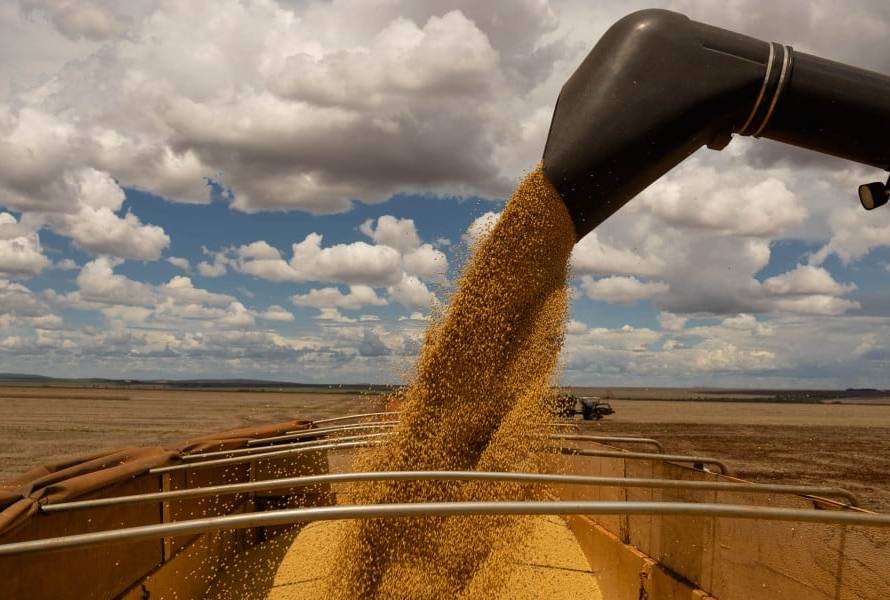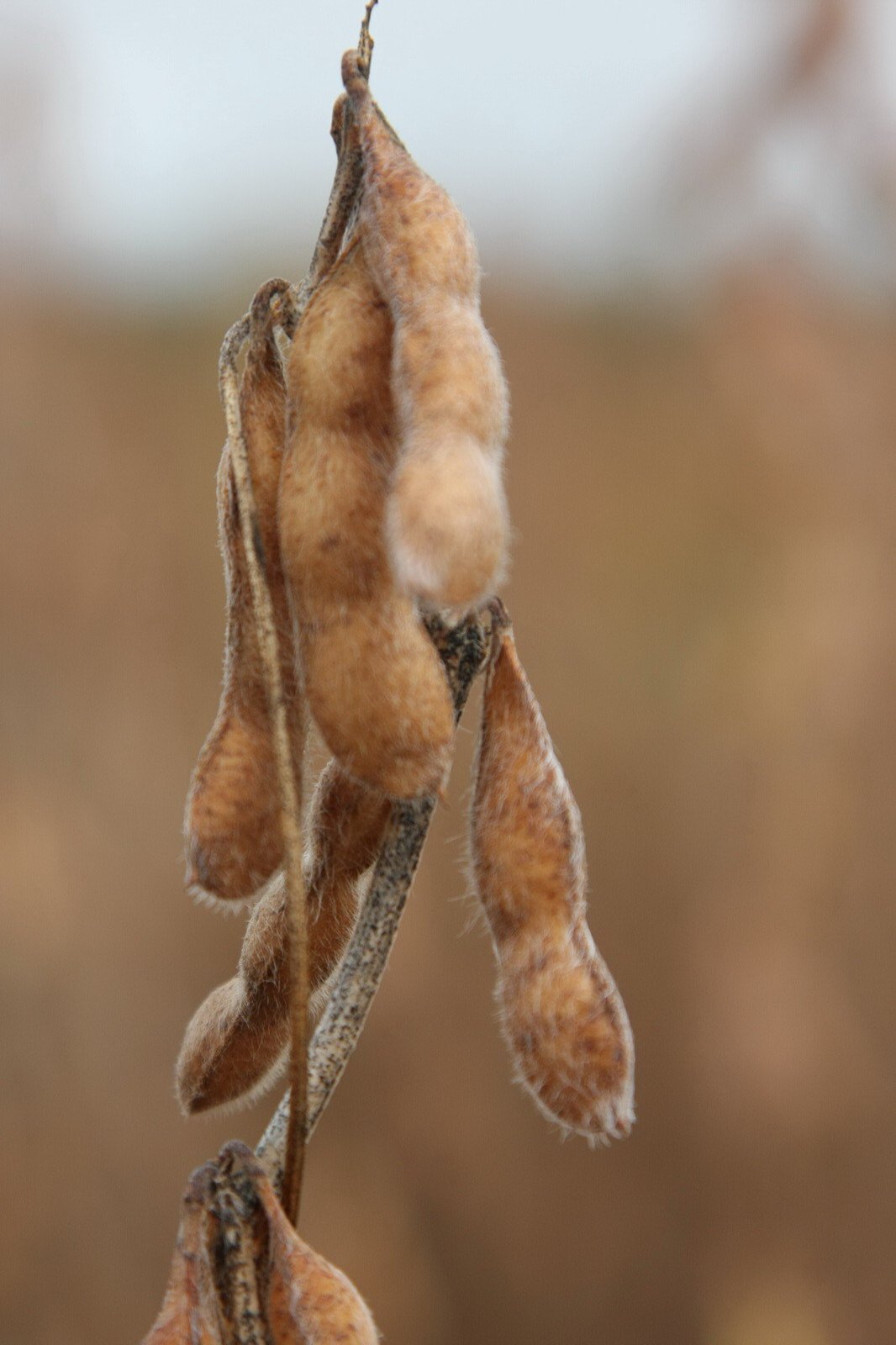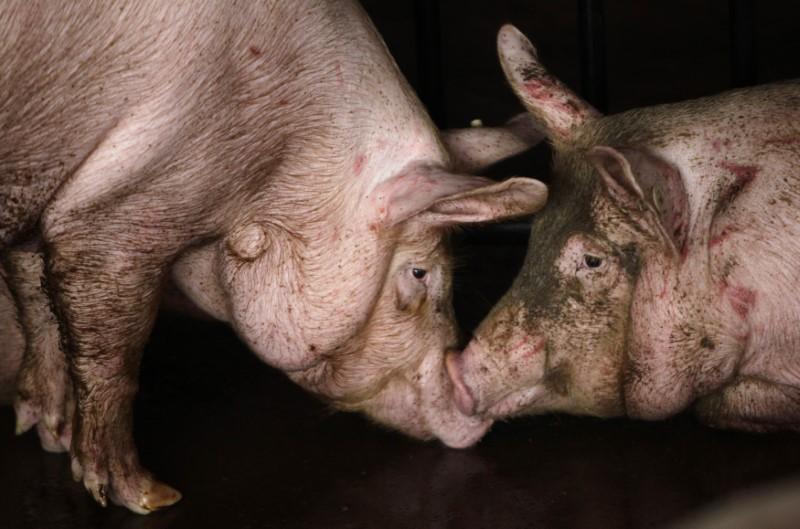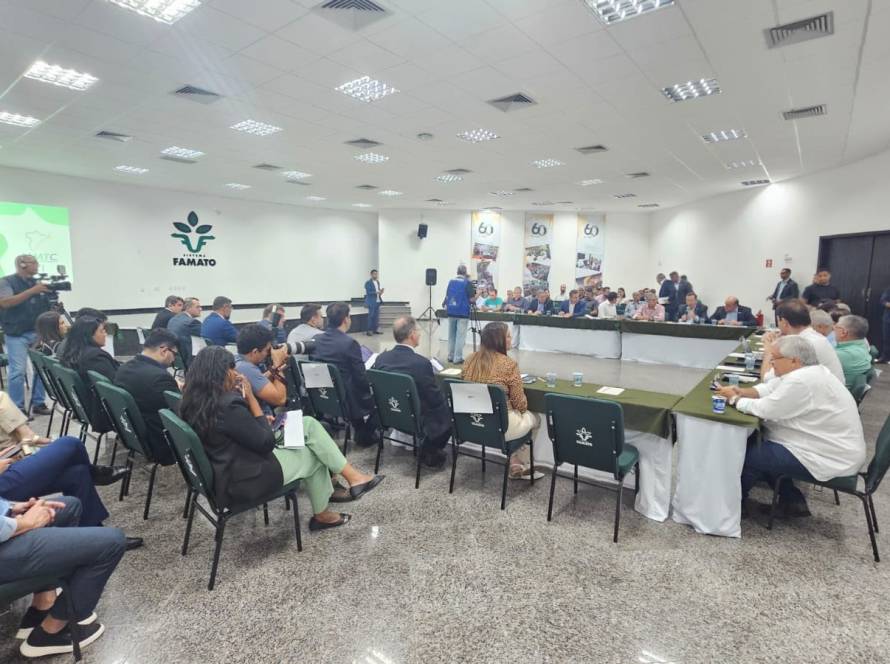The Goiás cattle herd reached 22,884,678 head in the first half of 2025, according to data compiled by the Goiás Agricultural Defense Agency (Agrodefesa). The survey took place between May and July of this year, during the first mandatory stage of the Herd Declaration, with information provided directly by cattle ranchers through the Goiás Agricultural Defense System (Sidago).
The municipality with the largest herd in the state is Nova Crixás, with 797,484 heads, followed by São Miguel do Araguaia (596,568), Porangatu (458,370), Caiapônia (407,111), Mineiros (380,454), Jussara (372,402), Aruanã (370,750), Crixás (352,787), the city of Goiás (324,565) and Itarumã (281,286).
According to Agrodefesa president José Ricardo Caixeta Ramos, the result represents progress compared to the previous stage of mandatory herd declaration, which took place in November and December 2024. "In the second stage last year, we registered 22,737,550 head. This growth demonstrates the strength of Goiás' livestock industry, the producers' confidence in Agrodefesa's work, and the increased adoption of Sidago," he reports.
"Direct contact with producers, providing information on the importance of accurate declaration and guidance on health programs, contributes to improvements throughout the production chain. Our technicians work in both health education and inspection, ensuring animal health. Agricultural protection is a two-way street; without the partnership between producers and Agrodefesa, we wouldn't achieve the results Goiás has achieved," said Douglas Meyer, coordinator of Agrodefesa's Rio Vermelho Regional Unit, which serves the municipalities of Nova Crixás, Crixás, Goiás, and Aruanã.
Guidance
The data update also revealed the existence of 130,850 rural properties in Goiás. However, of this total, a small portion (7,868 properties) have not yet filed their declaration, which reinforces the importance of ongoing engagement with the production sector. "It's important to emphasize that the declaration is essential for planning the Agency's animal health initiatives, especially disease prevention and control, and for our work throughout the state," says Denise Toledo, Agrodefesa's Animal Health Manager.
She explains that producers who fail to submit their declarations by the deadline, which ended on July 15th, are in default and blocked from Sidago. "They are denied permission to move animals, for example, and face other legal sanctions. Beyond this issue, it's important that everyone pays attention to declaring their livestock, as it is based on this data that Agrodefesa and the Ministry of Agriculture and Livestock itself will develop actions to protect livestock in the state," she emphasizes. To regularize their situation, producers can contact the Agrodefesa Local Operational Unit closest to their property. Addresses are available on the website. goias.gov.br/agrodefesa/unidades-regionais.
Other herds
In the state of Goiás, the herd is diverse and significant. Data collected during the first stage of the Herd Declaration revealed that, currently, there are 351,674 equines distributed across 74,117 properties; 2,057,774 pigs on 40,993 properties; 83,261 sheep on 3,142 properties; 17,542 goats on 2,014 properties; and 11,490 hives, in addition to 5,943 queen bees, on 182 honey-producing properties.
The poultry herd is what stands out the most, totaling 118,603,581 chickens declared in the 1st Stage of the 2025 Herd Declaration. The municipality of Rio Verde leads the ranking, concentrating around 15 million chickens, in addition to having one of the largest swine herds, with 800 thousand animals declared.
"Today, the Rio Verdão Regional Unit is responsible for the largest swine and poultry herd in our state of Goiás. This is due to the presence of large integrators in the region, working in partnership with rural producers on their farms and production centers to meet the sector's demands," explains Giovani Miranda, coordinator of the Rio Verdão Regional Unit.
According to him, this is a highly professional and technologically advanced production process, with modern farms equipped with cutting-edge technology and constant health monitoring. "This work is carried out by professionals from the integrators and also by Agrodefesa technicians, veterinarians with extensive experience in the swine and poultry production chain, who provide guidance, assistance, and support to ensure the quality and health of the herd, serving both the national and international markets," he states.
Giovani also emphasizes the importance of integration between producers and Agrodefesa, who work in sync to ensure quality and open new markets. "We will continue this interaction, strengthening health education and offering technical support so that Goiás maintains its prominent position among the leading poultry and pork producing and exporting states," he adds.





